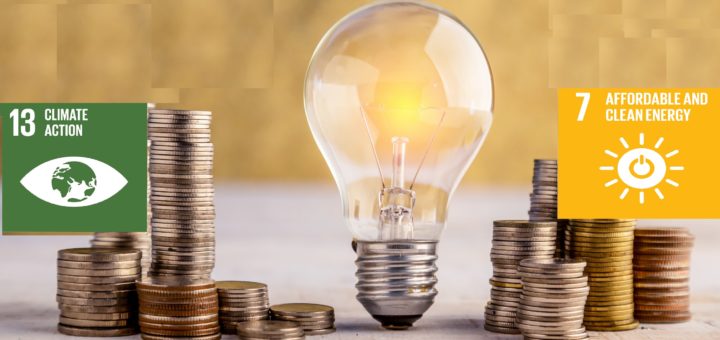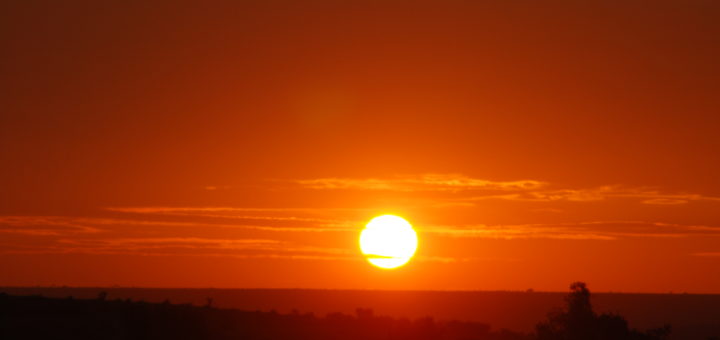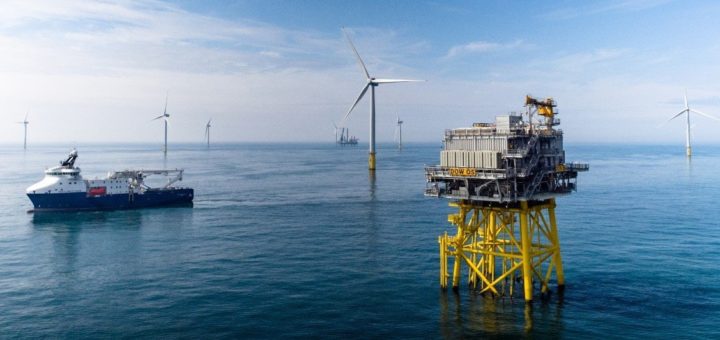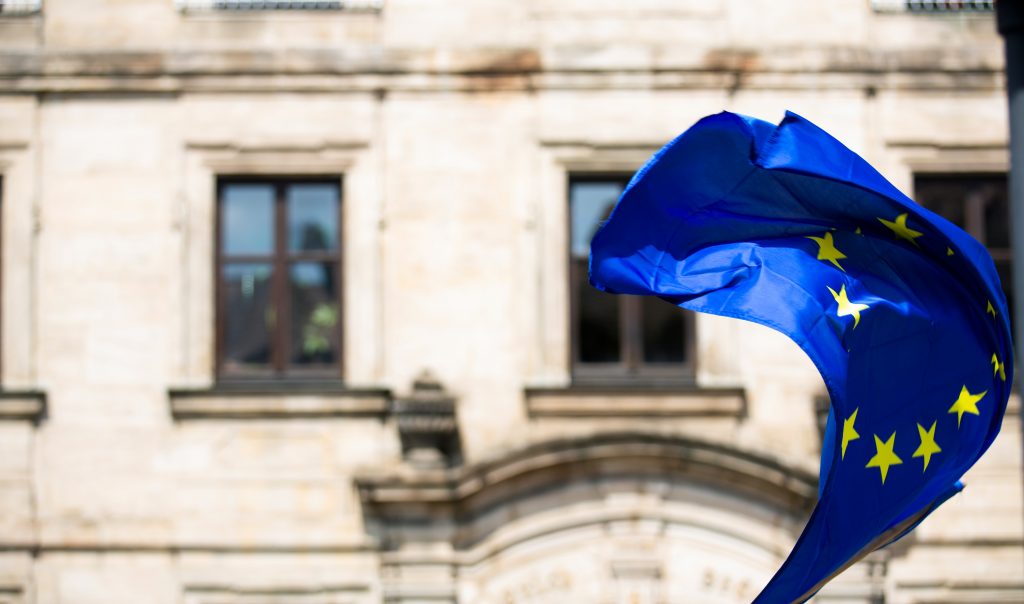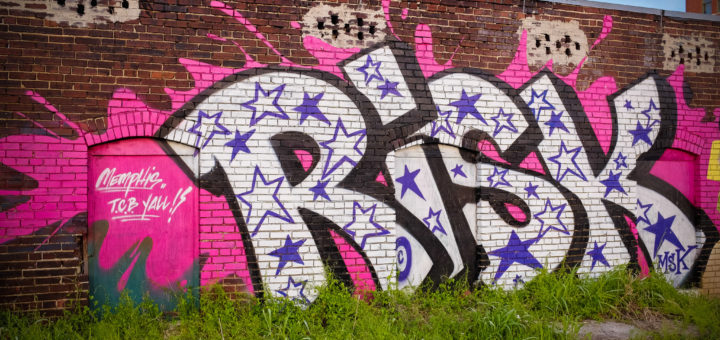Part of the transformation to meet climate change mitigation goals will be a reduction in GHG emissions from the energy sector in the EU and Member States. This may involve large economic costs, particularly for investments. The ‘carbon bubble’ is a major financial concern, which may arise through the transition into a low carbon economy. Analysis suggests that investors’ risk perceptions of renewables have more of an impact than the perceived risk of fossil fuels.
Articles
Low carbon investments need to increase if the world is to achieve the Paris Agreement aim of keeping global warming below 2°C. A fundamental transformation of the global energy system can be achieved with a comparatively modest increase in overall investments. Shift of investments away from fossil fuels and toward renewables/energy efficiency is needed. Current incentives like the NDCs will not provide sufficient impetus for the “pronounced change” that are needed for the energy system.
The transport sector accounts for almost 1/4 of the EU’s total GHG emissions, and decarbonisation of the sector is therefore crucial. The use of electric powered transport is emerging as the most viable near-term solution to reduce CO2 emissions road transport. The falling costs of batteries means that Battery Electric Vehicles (BEVs) for personal use are becoming more cost competitive, so large potential for Electric Road Systems (ERS) but with substantial uncertainties in costs.
Report from the bioenergy workshop series in Bali with in total 62 participants who attended the event. Among them, 18 were students, 15 were local and national representatives of the government, 14 were researchers, 10 were from private sectors, and 5 were farmers.
Kenya has committed to reduce domestic GHG emissions by 30% by 2030 but also is attempting to grow its economy against a backdrop of international agreements to reduce greenhouse gas emissions. This will mean harnessing the country’s significant renewable energy potential. The study covered three technologies: wind, solar, and the third, geothermal, is more specific to Kenya due to the Great Rift Valley. Overarching areas of interest and policy recommendations are given.
The ‘Winter Package’ in the EU focusses on clean energy for all Europeans and contains specific goals for energy and climate and calls upon Member States to formulate Integrated National Energy and Climate Plans (INECPs). Case study findings in support of INECP formulation are assessed in this report of three case studies: Greece, Austria and the Netherlands.
Evaluation of climate change mitigation policy is critical for how well policies and measures work. Offering insights in the functioning of policies can enhance the transparency of policy implementation, which is essential to gain citizens’ support for those policies. The CARISMA project team carried out a meta-analysis of climate policy evaluations in EU Member States and found that the energy sector is dominant in policy evaluations. Supports future EU legislative proposals and accompanying impact assessments.
Risks are associated with policies to combat climate change and can be divided into two broad categories: Implementation risks and Consequential risks. TRANSrisk research has shown that the number and nature of risks that can be assessed using economic models is limited. Assessment work generated outcomes at the level of case studies and at meta-level. Shows how assessment of risks and their underlying dimensions changes depending on an expert’s professional background with different stakeholder groups.
About 96% of all households in the Netherlands are heated using natural gas and is still the European Union’s largest natural gas producer. The demand for heat will have to be filled in another way than using natural gas and lot of existing buildings will need to be retrofitted. The transition will also have huge social implications, as it will affect the houses of seven million households in the Netherlands.
Climate change governance requires the involvement from many actors and institutions on various levels, the European Union needs this to mitigate climate change. There are challenges to the EU’s climate governance and leadership regarding policies, interests, and lack of appetite for further integration. The EU can address these challenges internally, by increasing its climate mitigation ambitions, and externally, by reclaiming the mantle of international climate leadership.


